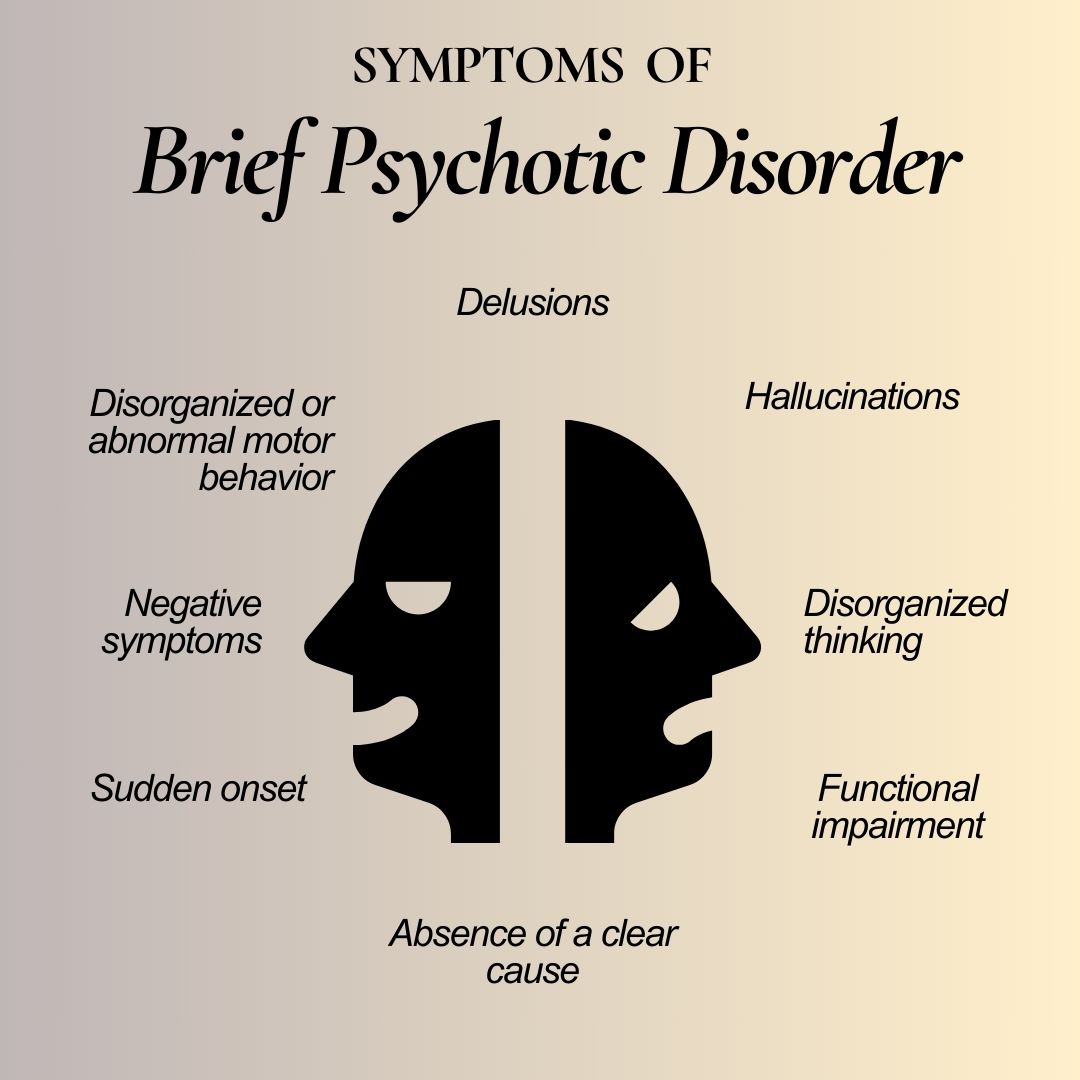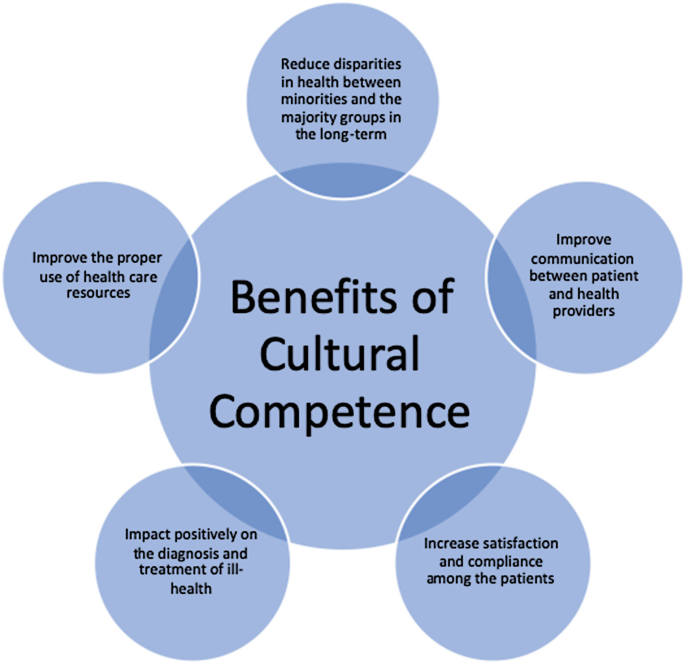Brief psychotic disorder is a mental health condition characterized by the sudden onset of psychotic symptoms, such as delusions, hallucinations, disorganized speech, or catatonic behavior. Unlike schizophrenia or schizophreniform disorder, the duration of these symptoms is relatively short, lasting less than one month. After this period, individuals typically return to their premorbid level of functioning. Follow us here at Jelly Roll Botox
Specifiers for Brief Psychotic Disorder
The DSM-5 (Diagnostic and Statistical Manual of Mental Disorders, Fifth Edition) recognizes the following specifiers for brief psychotic disorder, which can provide additional information about the episode. Follow us here at Gen Z'sRadiant Skin
With Marked Stressors
This indicates that the psychotic episode occurred in response to a clear psychosocial stressor.
Without Marked Stressors
This implies that no clear psychosocial stressor can be identified.
With Postpartum Onset
This specifier is used when the psychotic episode occurs within four weeks of childbirth.
Catatonia
This indicates the presence of catatonic symptoms, such as immobility, excessive motor activity, or negativism.

Signs and Symptoms
Brief psychotic disorder is defined by the abrupt beginning of at least one of the following psychotic symptoms.
Delusions
These are mistaken beliefs that continue to exist even when evidence disproves them. Examples include believing someone is trying to harm you or having grandiose beliefs about one's abilities.
Hallucinations
These are sensory experiences that occur without an external stimulus.
These can include perceiving, tasting, smelling, seeing, or experiencing nonexistent objects.
Disorganized speech
This can include incoherent or illogical speech, difficulty sticking to a topic, or making up words.
Grossly disorganized or catatonic behavior
This may involve unusual or unpredictable behavior, such as dressing inappropriately, exhibiting childlike behavior, or remaining motionless for long periods.
It's important to note that these symptoms must last at least one day but less than one month to meet the criteria for a brief psychotic disorder. Usually, symptoms go away after this time.
Prevalence and Demographics
Prevalence
- Brief psychotic disorder is considered relatively uncommon compared to other psychotic disorders.
- Exact prevalence rates vary among studies and populations.
- It's often challenging to pinpoint precise figures due to the disorder's short duration and the fact that many cases might go undiagnosed or unreported.
Demographics
- Gender: Women are more likely to experience brief psychotic disorders than men.
- Age: The disorder can occur at any age but is most common in late adolescence and early adulthood.
- Socioeconomic status:* While not definitive, some studies suggest a higher prevalence in lower socioeconomic groups.
- Cultural factors: The incidence of brief psychotic disorder might be higher in certain cultural or ethnic groups, particularly those experiencing significant stress or trauma.
- Postpartum onset: A specific demographic is women who experience brief psychotic disorder shortly after childbirth.
Risk and Prognostic Factors
Risk Factors
While the exact causes of brief psychotic disorder are not fully understood, several factors have been associated with increased risk:
- Genetic predisposition: A family history of psychotic disorders can increase the likelihood of developing a brief psychotic disorder.
- Stressful life events: Major life stressors, such as loss, trauma, or significant changes, can trigger the onset of symptoms.
- Substance abuse: Use of substances like stimulants or hallucinogens can increase the risk of psychotic symptoms.
- Medical conditions: Certain medical conditions can contribute to the development of psychotic symptoms.
- Obstetric complications: Perinatal complications have been linked to an increased risk of psychotic disorders.
Prognostic Factors
Factors influencing the outcome of brief psychotic disorder include.
- Duration of the episode: A shorter duration is associated with a better prognosis.
- Presence of precipitating stressors: Identifying and addressing underlying stressors can improve outcomes.
- Premorbid functioning: Individuals with a strong history of social and occupational adjustment tend to have better prognoses.
- Family support: Strong family support can contribute to a positive outcome.
- Early intervention: Timely treatment can help prevent complications and improve recovery.

Culture-Related Diagnostic Issues
Cultural factors can significantly influence the presentation, interpretation, and treatment of brief psychotic disorder. Some key issues include.
- Cultural beliefs and expressions: Some cultural beliefs or practices might be misinterpreted as psychotic symptoms.
- Stigma: Cultural stigma associated with mental illness can hinder help-seeking behavior and treatment adherence.
- Communication barriers: Language and cultural differences can impact the diagnostic process and therapeutic relationship.
- Cultural idioms of distress: Different cultures express distress in various ways, which can be mistaken for psychotic symptoms.
Development and Course
Development
The onset of a brief psychotic disorder is typically *sudden and unexpected*. Unlike other psychotic disorders, there is often a clear precipitating factor, such as a significant stressor or life event. The development of symptoms can occur rapidly over a few days or weeks.
Course
A defining characteristic of brief psychotic disorder is its *short duration*. Symptoms usually resolve within one month, and complete remission is common. However, it's important to note that:
- Relapse: While most individuals recover fully, there is a risk of relapse, especially if underlying stressors or vulnerabilities persist.
- Transition to Other Disorders: In some cases, a brief psychotic disorder may be a prodrome
- to a more persistent psychotic illness, such as schizophrenia or schizoaffective disorder.
- Post-Psychotic Depression: After the acute phase, some individuals may experience depressive symptoms.
Overall, the course of a brief psychotic disorder is often acute and self-limiting. However, early intervention and appropriate treatment are essential to prevent complications and improve outcomes.
Functional consequences
The functional consequences of brief psychotic disorder can be significant, although the impact is typically less severe and shorter-lived compared to chronic psychotic disorders like schizophrenia. The severity of the consequences depends on the nature and intensity of the psychotic episode.
Here's a breakdown of some potential functional consequences:
Social functioning
During the psychotic episode, individuals may experience social withdrawal, isolation, or difficulty maintaining relationships due to their behavior or beliefs.
Occupational functioning
Work performance may be disrupted if the psychotic episode affects concentration, motivation, or the ability to interact with colleagues appropriately
Educational functioning
Students with brief psychotic disorder may struggle to attend classes, complete assignments, or perform well academically.
Legal issues
In some cases, individuals experiencing psychosis may engage in behaviors that lead to legal trouble.
Self-care
Neglecting basic needs like hygiene or healthcare may occur during the episode.
Differential Diagnosis
Differential diagnosis involves distinguishing brief psychotic disorder from other conditions that may present with similar symptoms. It's crucial to accurately diagnose brief psychotic disorder to ensure appropriate treatment.
Conditions to consider
- Schizophrenia and Schizophreniform Disorder: Distinguished by longer duration of psychotic symptoms and more persistent functional impairment.
- Schizoaffective Disorder: Presence of a mood disorder (major depressive or manic episode) concurrent with psychotic symptoms.
- Delusional Disorder: Absence of other psychotic symptoms like hallucinations or disorganized speech.
- Substance-Induced Psychotic Disorder: Psychotic symptoms directly attributed to substance use or withdrawal.
- Psychotic Disorder Due to a Medical Condition: Underlying medical conditions (e.g., brain tumor, thyroid disorder) can induce psychotic symptoms.
- Delirium: Characterized by acute onset of confusion, disorientation, and fluctuating levels of consciousness.
- Bipolar Disorder with Psychotic Features: Manic or depressive episodes with psychotic symptoms.
- Major Depressive Disorder with Psychotic Features: Psychotic symptoms occur exclusively during a major depressive episode.
- Personality Disorders: Some personality disorders (e.g., paranoid, schizoid) may exhibit features that mimic psychosis.
Impact of Brief Psychotic Disorder on Life
Brief psychotic disorder can significantly disrupt a person's life, although the impact is often temporary. The severity of the consequences depends on the intensity of the psychotic symptoms and the individual's coping mechanisms.
Here are some potential impacts:
- Social Isolation: Difficulty maintaining relationships due to unusual behavior, paranoia, or fear of being judged.
- Occupational or Academic Difficulties: Impaired ability to concentrate, complete tasks, or interact with colleagues or classmates.
- Financial Problems: Loss of income due to job absence, or impulsive spending related to delusional beliefs.
- Legal Issues: Engagement in behaviors that can lead to legal trouble, such as property damage or threats.
- Emotional Distress: Anxiety, depression, and feelings of shame or embarrassment can occur during and after the episode.
- Increased Risk of Suicide: Individuals experiencing a psychotic episode may have increased suicidal thoughts or behaviors.
- Family Stress: The disorder can be distressing for family members and lead to challenges in providing support.
It's essential to remember that while the impact can be substantial, with appropriate treatment and support, most individuals recover from brief psychotic disorders and can resume their normal lives.
Treatment and Management
Treatment for brief psychotic disorder typically focuses on managing symptoms, preventing relapse, and addressing underlying factors contributing to the episode.
Medication
- Antipsychotics: These are the primary treatments for managing psychotic symptoms. Second-generation (atypical) antipsychotics are often preferred due to a better side effect profile.
- Benzodiazepines: In cases of severe agitation or anxiety, short-term use of benzodiazepines may be considered.
Psychotherapy
While medication is essential for symptom management, psychotherapy can play a valuable role in addressing underlying issues and preventing relapse.
- Cognitive-behavioral therapy (CBT): Helps individuals understand and challenge delusional thoughts, improve coping skills, and reduce stress.
- Supportive therapy: Provides emotional support and helps individuals cope with the challenges of the disorder.
- Family therapy: This can improve communication and support within the family.
Additional Considerations
- Hospitalization: In severe cases, hospitalization may be necessary for patient safety and to stabilize symptoms.
- Stress management techniques: Techniques like relaxation exercises and mindfulness can help reduce stress and prevent relapse.
- Substance abuse treatment: If substance abuse is a contributing factor, addressing this issue is crucial.
- Follow-up care: Regular follow-up appointments with a mental health professional are essential to monitor symptoms and prevent relapse.